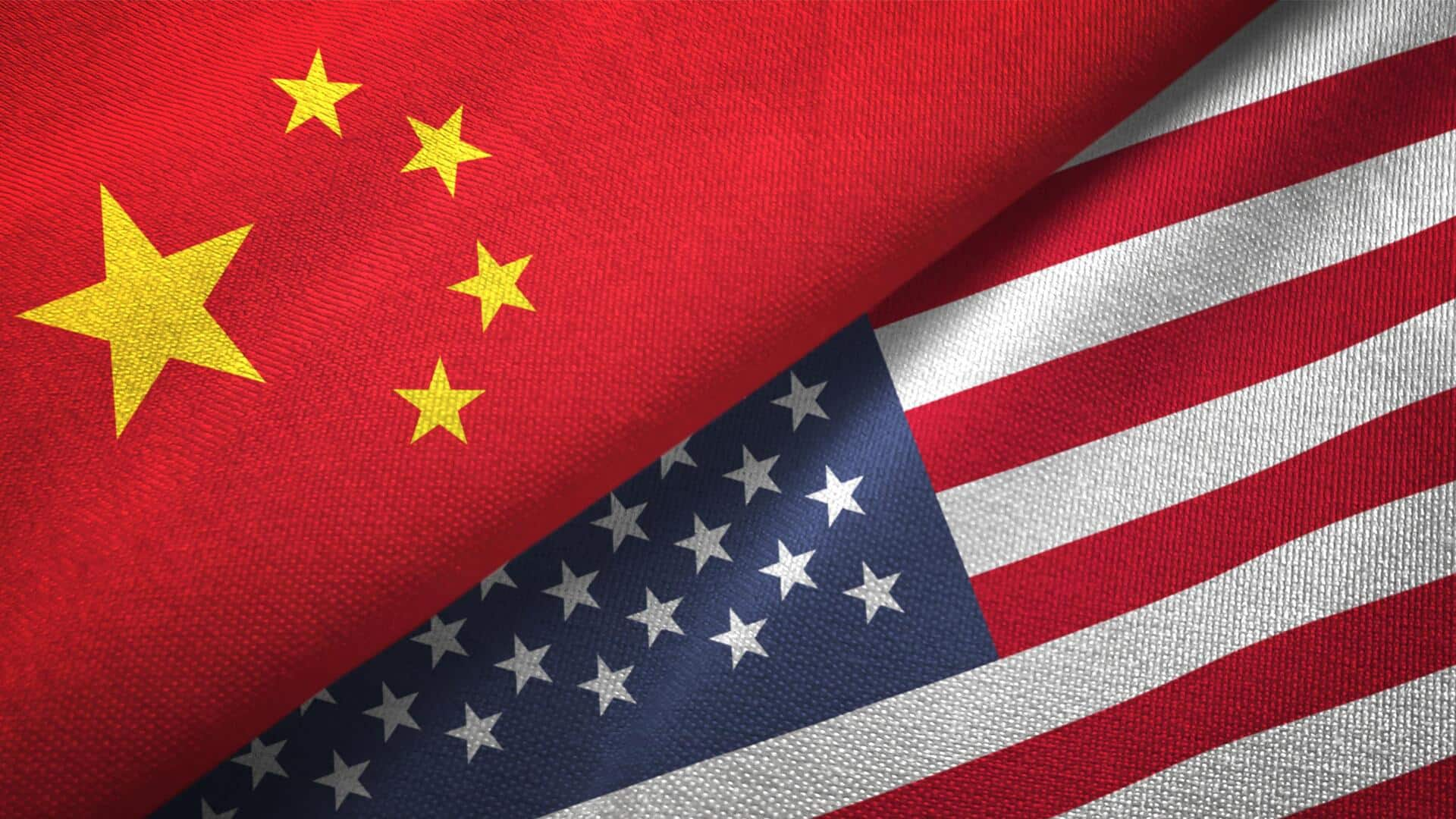
US, China strike deal on rare earth minerals, student visas
What's the story
US President Donald Trump has announced a major trade agreement with China. The deal, which is still pending final approval from both Trump and Chinese President Xi Jinping, will see China supply the US with magnets and all necessary rare earth minerals. In return, US has agreed to permit Chinese students to study at US colleges and universities.
Agreement
Deal includes new tariff arrangement
The deal also includes a new tariff arrangement, with the US getting a total of 55% tariffs while China gets 10%. The specifics of this tariff arrangement are yet to be explained. Earlier today, China's Vice Premier He Lifeng said, Beijing was ready to "strengthen cooperation" with Washington after trade talks in London made substantial progress.
Optimism
US Commerce Secretary expresses optimism
US's Commerce Secretary Howard Lutnick expressed optimism after a full day of negotiations. He said worries surrounding rare earth minerals and magnets "will be resolved" eventually as the agreement is implemented. However, the proposed framework still requires approval from top leaders in Washington as well as Beijing, officials said after talks concluded at London's historic Lancaster House.
Trade focus
Negotiations seek to break deadlock over export restrictions
The outcome of the negotiations was closely watched as both sides sought to break a deadlock over export restrictions. The two economic giants were also eyeing a more durable ceasefire in their escalating tariff war, with the current levies only paused temporarily. The London talks follow last month's Geneva discussions, which witnessed a temporary agreement to lower tariffs.
Significance
China's rare earth mineral exports a focus of talks
China's rare earth mineral exports, used in smartphones, electric vehicle batteries, as well as green technology, were a major focus of the negotiations. Trump's top economic adviser Kevin Hassett had said in May, that Beijing was releasing some supplies but at a slower pace than some companies believed was optimal.